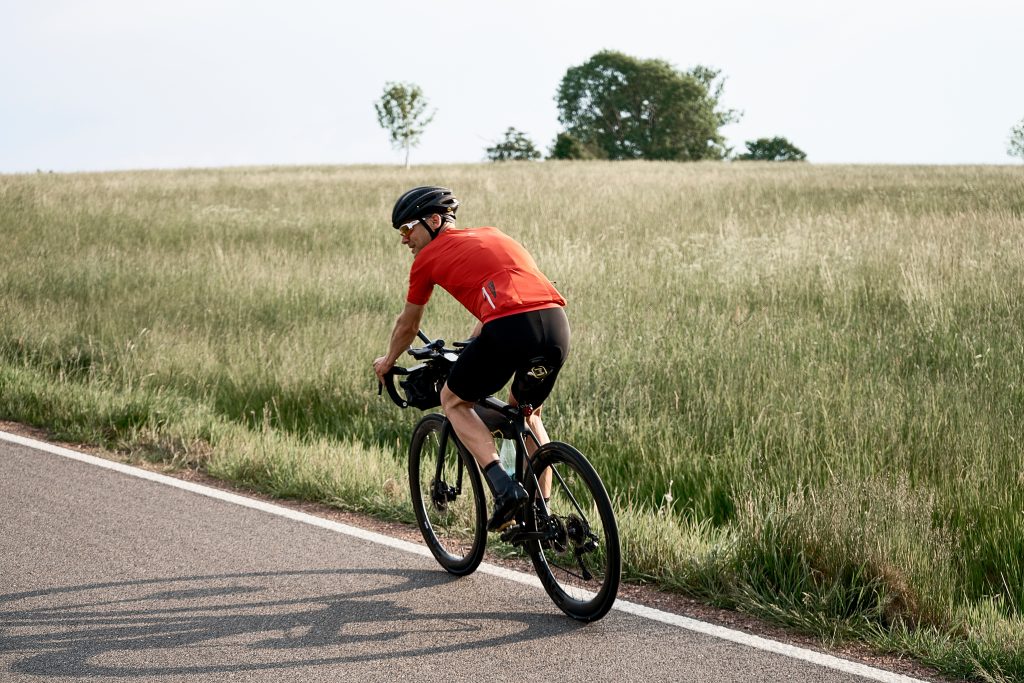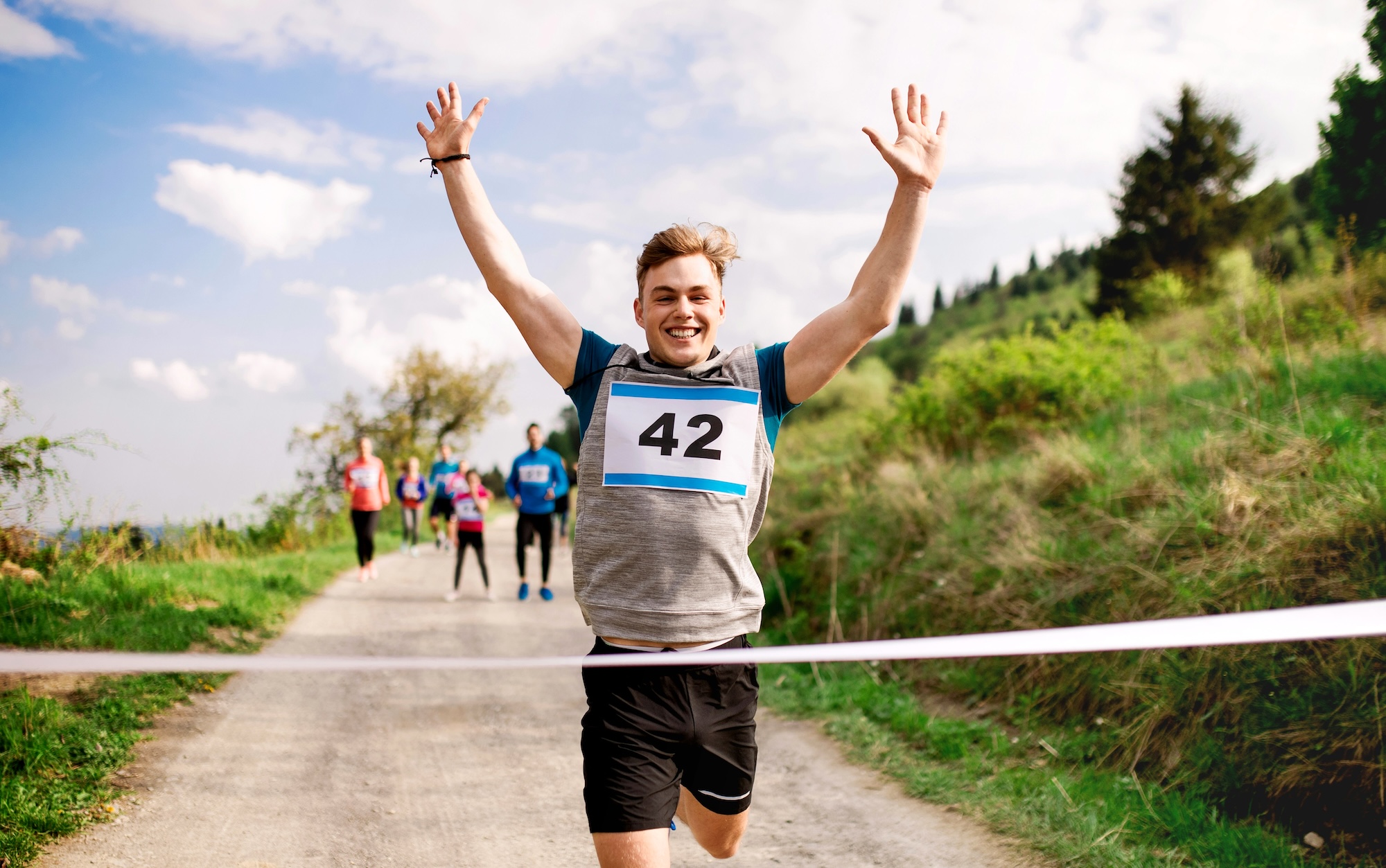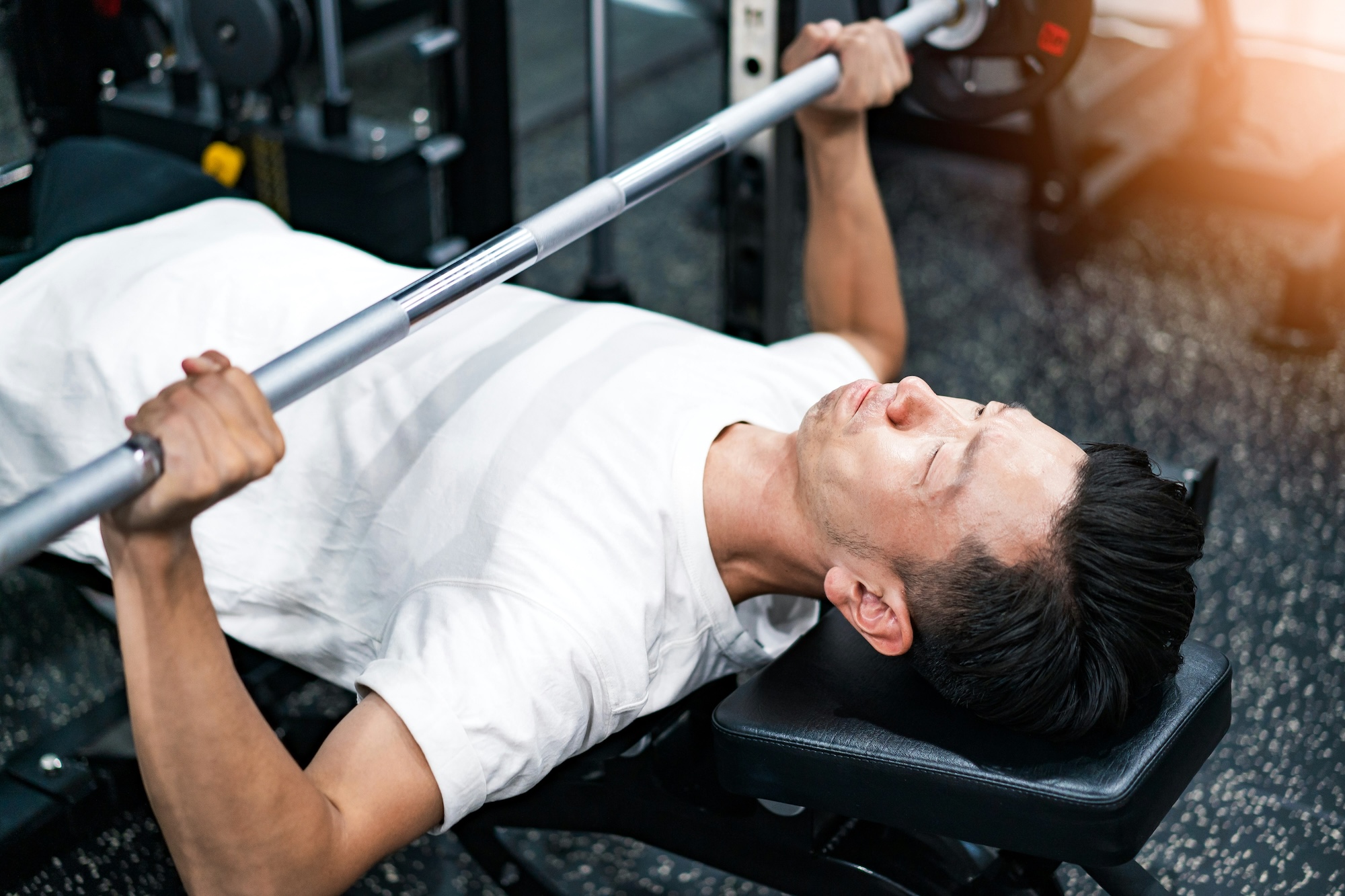Deciding to sit or stand when climbing hills is as complicated as learning the actual skill itself
Photos by RODNAE Productions/Pexels and Max Libertine/Unsplash
In my experience as a multisport coach, one of the most challenging tasks I often face when teaching newbies how to ride a bike is learning how to mount and dismount with cleats.
Once I succeed in helping a student overcome that seemingly impossible feat, other necessary skills follow such as shifting gears, balancing on the bike with one hand, and eventually grabbing a water bottle from the cage, and using body weight to steer when negotiating a turn.
These are non-negotiable bike safety skills that riders have to learn and practice whether or not an actual race is the end goal, but when it comes to standing on a climb, I’ve faced a lot of resistance from new riders with regard to learning this more advanced skill. And with the seated climb option always available, it becomes even harder to convince them of the many advantages of learning how to pedal while standing at the right time and at the right place.
Standing when climbing is generally more taxing on the aerobic system and therefore energy inefficient, which is why most riders are more comfortable staying seated on a climb. But standing allows you to use your body weight to unload some of the stress from your leg muscles, assuming you can climb out of the saddle efficiently.
Still, many factors can come into play when it comes to riding up a hill so the decision to sit or stand is as complicated as learning the actual skill itself, especially for less experienced riders
Still, many factors can come into play when it comes to riding up a hill so the decision to sit or stand is as complicated as learning the actual skill itself, especially for less experienced riders. Not all hills, riders, and situations are created equal, therefore, we defer to the scientific experts to identify the circumstances when one option is more ideal than the other.
It is about the biker
Take Alberto Contador and Chris Froome as examples. How come an agile rider like Contador can practically “dance on the pedals” as Phil Ligget describes, up a hill all day long, while the heavier Froome keeps his butt planted on the saddle, turning the pedals at a higher cadence?
Again, we go back to the fact that standing is generally an uneconomical way to ride a bicycle. The higher your body mass, the more energy you waste climbing out of the saddle—just by the mere fact that you need more energy to support a heavier weight if the saddle is not there to share the burden.
Still using Contador and Froome as examples, rider specialization or the type of event you are training for also determines your natural or trained riding style. Contador is obviously a climber so his efficiency in riding out-of-the-saddle works to his advantage during hilly road races that have a lot of variability in pacing. Froome is more of a time trialist so he’s more adapted to a riding style that allows him to keep a more consistent pace, much like how triathletes prefer to stay seated in aero position while churning a higher cadence.
Factors beyond the cyclist
In Joe Friel’s blog, he answered this question by listing down eight factors, including body mass and type of event. The other six factors include:
Steepness
Stand on steeper climbs, sit on lower gradients. In his 2008 study, Ernst Hansen identified that the “magic” gradient when it becomes advantageous to stand is 10 percent. Beyond this steepness, there will be less difference between the muscular stress of sitting versus the aerobic stress of standing, but standing becomes more effective in sustained power output despite consuming five percent more oxygen while standing. One of the earliest studies on this topic performed in 1996 by researchers from the University of Colorado also found that perceived exertion is lower when climbing a 10 percent gradient at 12.3 kph out of the saddle compared with staying seated at the same speed and incline.
Hill length
The shorter the hill, the better it is to climb out of the saddle. Aside from being able to use your body weight to generate as much as 25 percent more power when standing, this increased power output is also related to being able to produce greater leverage from the handlebars. In addition, the increased power potential comes from the greater hip angle of standing as opposed to the closed hip angle when sitting, which basically restricts power output. Much like running, opening your hip angle activates other muscles like the glutes and calves, and increases range of motion in the hip, knee, and ankle joints—all of which pay off in the propulsive (down) phase of the pedal stroke, where riders produce the greatest power.

Speed
Stay seated in aero position when riding above 20 kph, sit up or stand at slower speeds except when there is a headwind. When wind resistance becomes a factor, the primary goal is to minimize headwind drag by staying as aerodynamic as possible so you exert less effort to maintain the same actual speed against the wind.
Stay seated in aero position when riding above 20 kph, sit up or stand at slower speeds except when there is a headwind. When wind resistance becomes a factor, the primary goal is to minimize headwind drag by staying as aerodynamic as possible
Fatigue
Alternate sitting and standing especially on longer climbs to delay fatigue and/or give your wasted muscles a break. It’s also a great way to relieve pressure on the lower back, glutes, and hamstrings.
Gearing
When you run out of gears on a steep climb, your only other option is to pedal out of the saddle in order to maintain enough momentum to keep yourself from having to dismount or worse, falling off your bike.
Mountain biking
Stay seated when riding off-road on a steep hill, loose gravel, or wet roads. You lose traction on your rear wheel when you stand, and pedaling while seated also helps prevent wheel slippage by producing even tension on the chain throughout the pedal stroke.
Fortunately, more often than not, you can trust your instincts when it comes to deciding which climbing option to choose. It’s not rocket science, so don’t overthink it. The main takeaway here is that there is a strong, science-based case for incorporating both seated and standing climb drills in your training. Doing some off-the-bike exercises that strengthen your core to improve stability while standing will definitely help. But like most endurance skills, experience is the best teacher and practice makes perfect. In other words, if you want to become a better all-around rider, you better get off your butts and start climbing.












































